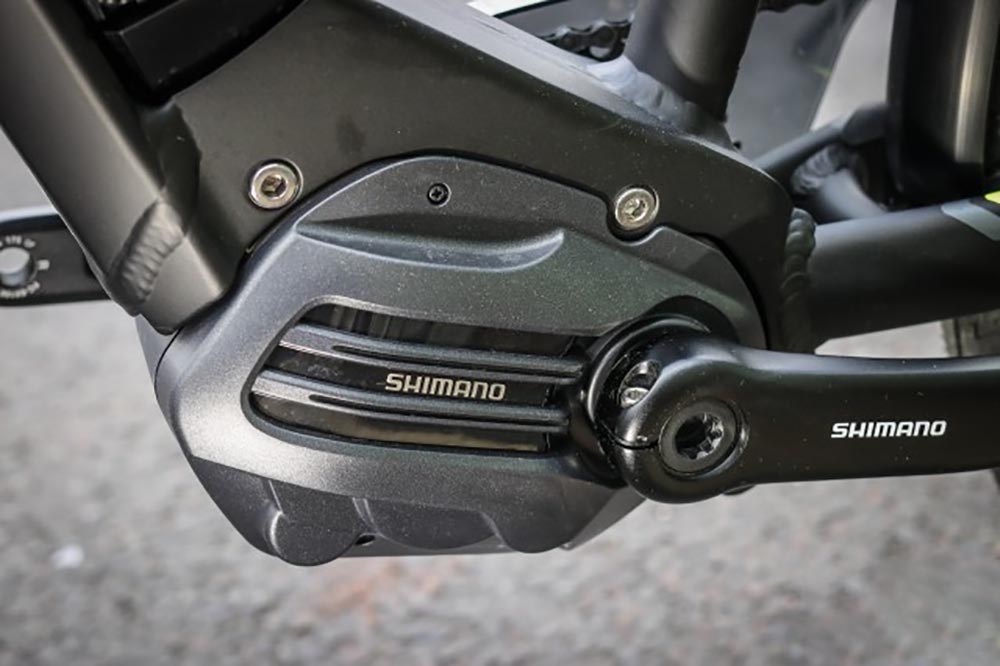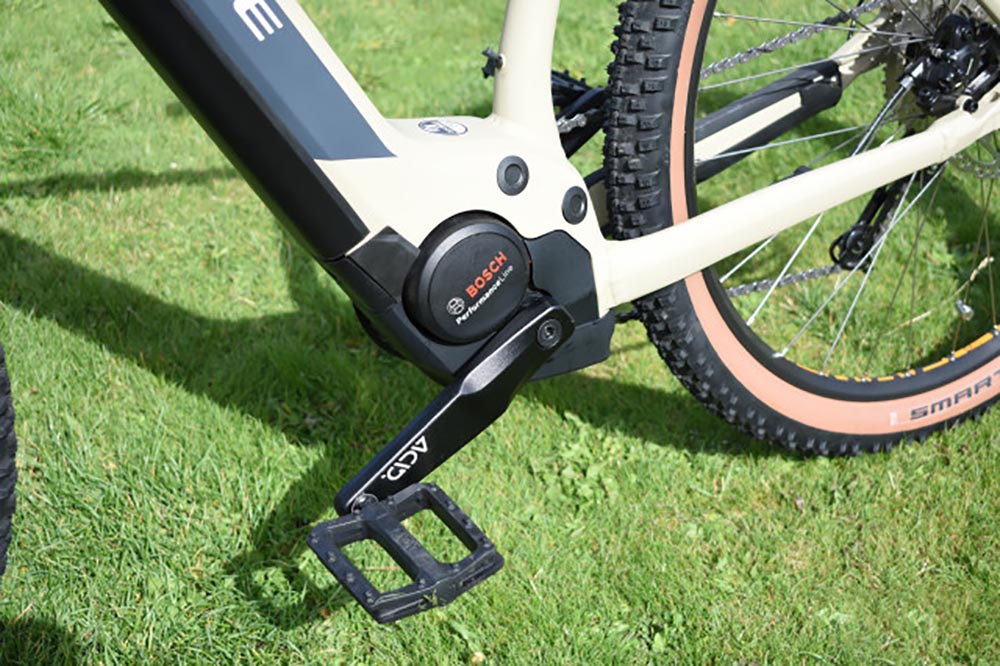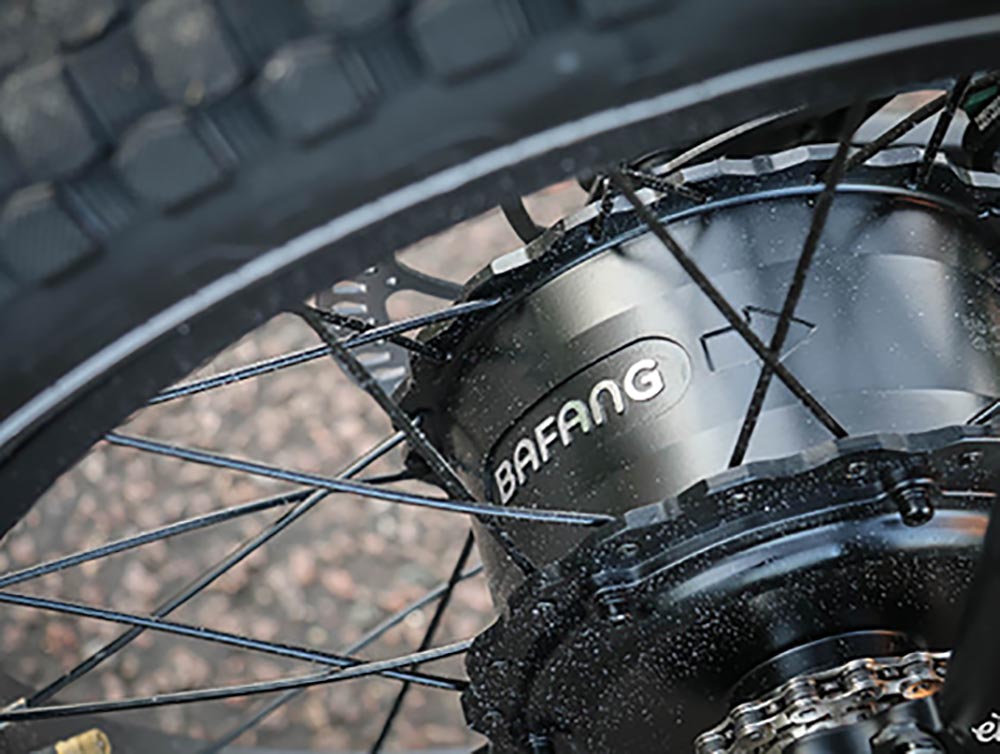Best Electric Bike Motors for 2023 – Your Comprehensive Guide
Under UK law, all e-bike motors must adhere to a 250-watt power limit and a maximum speed of 15.5 mph. Despite these legal constraints, the e-bike market offers an array of motor types and brands that fit within these narrow parameters. In this guide, we strive to identify the optimal electric bike motors for various riding styles and budget considerations.
The legal boundaries mentioned earlier mask significant differences: how different motors handle steep inclines effectively, how they accelerate swiftly, and how they transfer power seamlessly. These factors, along with the profound influence of motor selection on the overall cost of an e-bike, render the choice of the right motor a crucial decision.

Nevertheless, the motor is just one piece of the puzzle. E-bike motor systems encompass power transmission setups that employ sensors and control electronics, often tailor-made by motor manufacturers to harmonize with their specific motors. A quality motor system ensures smooth power delivery, an aspect that can substantially differ – especially in the lower-priced segment of the market.
However, the selection process transcends just the motor choice. E-bike motor systems encompass power transmission setups that employ sensors and control electronics, often tailor-made by motor manufacturers to harmonize with their specific motors. A quality motor system ensures smooth power delivery, an aspect that can substantially differ – especially in the lower-priced segment of the market.
The primary choice when acquiring e-bike motors revolves around mid-drives (power transmitted through the pedal cranks) or hub motors (power transmitted through the front or rear wheel). While we will delve into this topic in more detail later, it’s generally understood that mid-drives excel at climbing across all gears but tend to be bulkier and pricier. On the other hand, hub motor models are lighter and more affordable compared to mid-drives.
The primary purchasing decision for e-bike motors lies between mid-drives (power transmitted through the pedal cranks) or hub motors (power transmitted through the front or rear wheel). We will explore this further below, but as a general rule, mid-drives perform better in climbing across all gears, although they are heavier and more costly. Hub motor models, in contrast, are lighter and more affordable than mid-drives.
Despite its 2018 release, the Shimano Steps E6100 remains prevalent on city and hybrid e-bikes. Despite its urban-centric label, it delivers lively performance, warranting a revisit of our evaluation during testing on the Ridgeback Advance.
Freestar
Despite its relatively modest 60Nm torque rating (higher-performance motors have higher ratings), the motor rewards uphill effort with plenty of motor assist. The torque sensing is great, responding well to heavy pressure, but it’s not as responsive to light pressure and high pedaling frequency as other systems.
E6100 vs. Bosch Performance Line
It’s difficult to decide between the E6100 and the Bosch Performance Line mid-mounted motor tested on the Cube Reaction Hybrid Performance. Both motors weigh around 2.9 kilograms. While the E6100 is arguably more active and efficient, the Performance Line has more electronic features, as it’s now compatible with Bosch’s smart system. This offers enhanced smartphone connectivity and the potential to pair it with Bosch’s new 700Wh battery.
Volt’s Hub Motor
We’ve tested this rear hub motor on the Volt’s single-speed London and their multi-gear Alpine. In both cases, we liked its hill-climbing ability and the smooth, efficient power delivery it provides. This leads to a better driving range compared to many powerful hub motors, as the assist is finely tuned to your pedal travel.
Volt’s SpinTech System
The Volt SpinTech system is based on an octagonal motor, which is a common name when it comes to hub motors. However, it pairs the motor with a torque sensor instead of the more common motion sensor. Moreover, it features throttle control, which is particularly useful when riding at a lower power level but wanting a sudden burst of power. Volt has collaborated with other e-bike manufacturers like Blix and Eco Ride to deliver this unique system, which we consider one of the best hub motor systems.

Electric Mountain Bike Motors
While Shimano EP8 and Bosch Performance Line CX are powerful engines with great hill-climbing ability, the Brose S Mag surpasses them in terms of raw power, with 90Nm of torque and a substantial 410% boost. It’s one of the most powerful engines available. Although the Brose S Mag hasn’t been reviewed recently, you can get an idea of its performance from its predecessor motor used in the Kenovo Expert 6Fattie.
Bosch Cargo Line Motor
The Bosch Cargo Line motor is widely used in the quality electric cargo bike market. It offers similar power to other high-end mid-drives but is tuned to provide ample support on departure, crucial for heavy loads on board where quick acceleration is essential for load balancing.
Specialized SL 1.1 – Best Lightweight Mid-Drive
The Specialized SL 1.1 mid-drive is a great choice for those who don’t need the power of a heavier mid-drive. With a proven track record, it boasts an impressively low motor weight of less than 2 kg. While not as powerful as some motors, it’s smooth and offers excellent battery life.
Heavy-Duty Hub Motors
For larger, heavier bikes, opting for heavy-duty hub motors can be a beneficial decision. While they may not deliver the same level of smoothness or efficiency as high-end mid-drives, they do offer ample power. The Bafang model utilized on the Rad Power Radrunner left a strong impression with its impressive acceleration. Similarly, the rear hub motor on the Mycle Cargo, although not labeled as a Bafang, demonstrates comparable performance.
Gocycle Front Hub Motor
The Gocycle front hub motor is known for being the best lightweight hub motor available. With improvements over the years, it offers impressive climbing power and traction control features. It feels fast and responsive, making it a joy to ride.

MiVice M070 and Bafang G310 – Best Budget Motors
The MiVice M070 rear hub motor on Tenways e-bikes provides smooth torque-inducing power and a discreet non-electric bike look. The Bafang G310 Octagon is another budget-friendly option, offering excellent hill climbing ability and near-silent operation.
Neoassist – Best In-House Branded Motors
While Bosch, Shimano, Yamaha, and Brose dominate the mid-drive market, Asian-made mid-drives like the Neoassist are starting to appear. It’s quiet, powerful, and efficient, performing exceptionally well in hill-climbing tests. Depending on the interpretation of speed limit laws, an e-bike with a maximum assisted speed of up to 17 mph might be legal.
Choosing the Best E-Bike Motor
When deciding between center drive and hub drive, mid-drives tend to have a slight advantage in conquering hills due to their even distribution of power. Choosing mid-drives from well-established brands is usually a safe option, while hub motors provide more budget-friendly alternatives.
Torque ratings are crucial due to the legal motor power limit of 250W. Motors with power ratings higher than 250W might not necessarily have illegal power; it could be the highest rating, not continuous power. Test riding on steep hills is the best way to gauge climbing power and acceleration.
Motor weight matters, especially for lightweight e-bikes. Less weight usually means less power, but some small motors are excellent climbers. Some hub motors start at around 1.5kg, while medium-sized drives weigh around twice that.
In terms of reliability, modern ebikes are better built, resulting in fewer problems.
Sign up for our email list and be entered to win a Pioneer Best electric bike motors
 Shuangye ebike
Shuangye ebike
